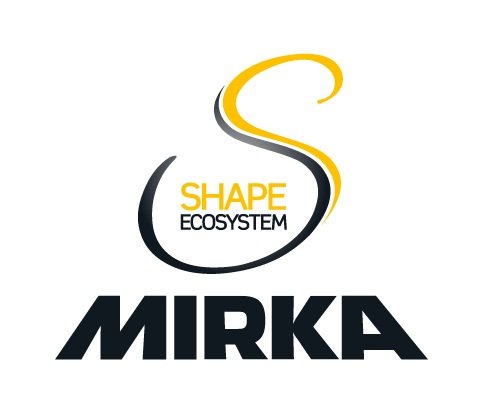Innovative solutions for recycling construction waste: The REMIS Project
The Ministry of the Environment's nationwide waste plan aims to reduce waste and increase the recycling of construction waste to 70%. In Finland, the construction industry produces 1.2 million tons of mineral waste annually. Most of this waste ends up in landfills, with only a small amount recycled. The REMIS project seeks to change this by focusing on recycling mineral waste from renovations, which allows for cleaner and more controlled collection.
A circular economy for buildings involves considering every stage of a building's life cycle, from material sourcing to demolition, and ensuring materials can be recycled or reduce emissions. Using industrial mineral side streams in construction reduces the environmental impact of the construction industry and contributes to circular economy, allowing industries to work together promoting sustainability.
Mineral side streams and solutions for recycling
Today mineral waste in renovations is treated as one large mix and transported to demolition yards for bulk handling. But there are several ways to recycle mineral waste from demolished buildings. For example recycled concrete is used as filler material under roads, in landscaping, or reused in new concrete. Parts of buildings, like beams and columns, are reused in new constructions and materials made from industrial by-products offer sustainable options for construction.
The REMIS project is additonally looking at novel mineral side streams and how to use aluminium waste, especially from industrial processes, in construction. Aluminium waste can also be turned into high-value products like abrasive grains (for sanding), ceramic abrasive grains, and materials for 3D printing. This makes recycling aluminium waste more financially worthwhile. However, to effectively manage waste, both high-value applications and bulk uses are needed.
Other novel sources of side streams applicable to construction materials come from carbon capture and utilization processes where a material called amporhous silica is produced as a side stream in CO2 mineralization. This side stream can be used in both low volume, high value applications and lower value bulk volumes, maximizing financial value creation.
”The REMIS project gives Mirka an exciting opportunity to utilize industrial side streams in our manufacturing processes. This project will enable us to refine side streams into materials that can be used in the manufacturing of ceramic abrasive grains and other technical ceramic products”, says Simon Sandén, development engineer at Mirka.
What the REMIS project will explore
The REMIS project is looking into new ways to recycle mineral waste. The goal is to turn waste into valuable resources, creating a circular economy where materials are continuously reused and the environmental impact of the construction industry is reduced. REMIS is a cooperation between Åbo Akademi University, University of Oulu, Mirka, Kiilto, PAROC, Levanto Oy, Vektor.io, Kierto Ympäristöpalvelu and Suomen Eritysjäte Oy.
